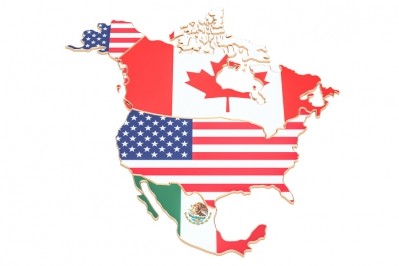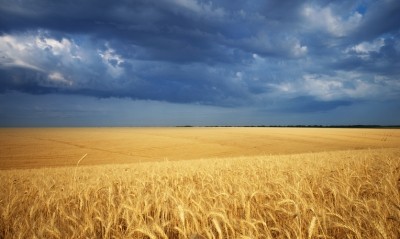'The bad, the slightly worse and the ugly' - US future feed crop scenario

Although the decline in sentiment pushed Purdue University's Ag Economy Barometer reading to its second-lowest level of 2017, feed crop farmers remain much more positive than they were prior to the 2016 US presidential election, he said.
Producer sentiment is slightly more optimistic than it has been in past years, he added.
“In 2016, 80% of producers told us they were worse off than they were the year before and that’s trended lower and now it’s about 40%,” Widmar told us. “Two key takeaways – that’s an improvement, fewer say they’re worse off, but four out of 10 still say they’re worse off than they were the last year.”
Overall, this year was similar in some ways to 2016, with large yields and a summer rally fading into low prices, he said.
The US Department of Agriculture (USDA) has reported that net farm income is up slightly, but it remains a difficult economy, said Widmar.
Producers are starting to plan for planting their next round of feed crops, and expecting it could be another tough year, he said.
However, demand has continued to be a bright spot, he said.
The stocks to use ratio is better than it has been in recent years: “This ending stocks situation is not great compared to the last few years, but it’s not nearly as bad as it was."
Widmar said: “The big questions are: What happens with wheat acres? How does demand and usage play out in the first six months in the marketing year – last three months of 2017 and first three months of 2018? What happens with South America? Is production at, below or above trend? And what happens at the federal level?” he said. “Do we withdraw from NAFTA [the North American Trade Agreement]? Do we have an exterior shock? That probably sets the tone going into the 2018 growing season.”
'The bad, the slightly worse and the ugly'
Looking at potential crop plantings for next year the talk is of “the bad, the slightly worse and the ugly for producers,” said Widmar.
Soybean production appears to offer the best picture as there has been some price recovery and they continue to have a strong demand, he said. “It’s been a theme throughout the downturn back to 2014, they really haven’t had as much of a hit as corn,” he added.
One question being asked is whether this coming year will mark the change from more corn acres planted to more soybean ones, he said. That swap did not happen in 2017, but it came close.
However, corn still finds some favor as yields tend to be large, he said.
“The crop that struggled the most is wheat – that’s the ugly,” said Widmar. “It was a 16% reduction in the past few years.”
The downturn in wheat has influenced the rest of the commodity market as producers turn wheat acres into corn and soybean production, he said. “You wouldn’t think it would impact the Corn Belt, but it has,” he added.
“They’re planting more corn and soybeans and we’ll see how that sorts out this year,” he said.















